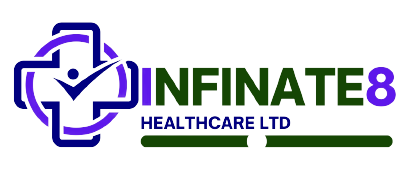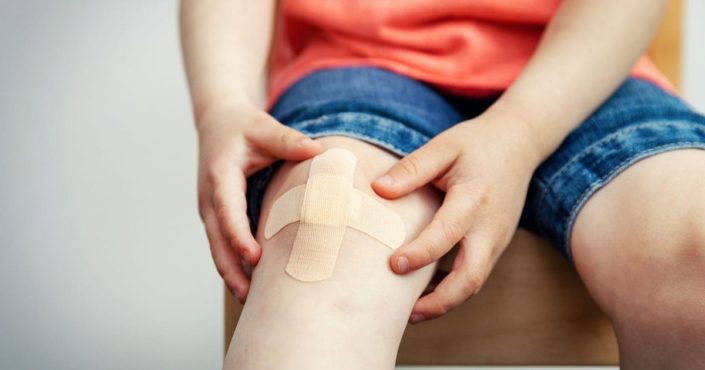Handling injuries at home requires a combination of preparedness, quick thinking, and basic first aid knowledge. Whether it’s a minor cut, burn, or a more serious injury, taking prompt and appropriate action can make a significant difference in the healing process. Here are some essential guidelines on how to handle injuries at home:
Table of Contents
ToggleStay Calm
In the event of an injury, it’s crucial to stay calm. Panic can hinder your ability to think clearly and take effective action. Take a deep breath and assess the situation before proceeding.
Assess the Severity
Begin by assessing the severity of the injury. Determine if it’s a minor cut or scrape, a burn, a bruise, or something more serious like a fracture. Understanding the nature of the injury will guide your response.
Minor Cuts and Scrapes
For minor cuts and scrapes, start by cleaning the wound with mild soap and water. Apply an antiseptic ointment and cover it with a sterile bandage or gauze. Keep an eye on the wound for signs of infection, such as redness, swelling, or increasing pain.
Burns
For minor burns, cool the affected area under cold running water for at least 10 minutes. Avoid using ice as it can further damage the skin. Cover the burn with a clean, non-stick bandage. If the burn is severe or covers a large area, seek medical attention immediately.
Bruises and Sprains
For bruises and sprains, the R.I.C.E. method is effective:
Rest: Allow the injured area to rest.
Ice: Apply an ice pack to reduce swelling.
Compression: Use a compression bandage to control swelling.
Elevation: Elevate the injured area to minimize swelling.
Fractures
If you suspect a fracture, immobilize the injured limb or area. Use a splint or improvised materials like cardboard to stabilize the fracture. Seek emergency medical attention as soon as possible.
Insect Bites and Stings
Remove the stinger if present using a tweezer or scraping it off with a credit card. Wash the area with soap and water and apply a cold compress to reduce swelling. If there’s an allergic reaction, seek medical help immediately.
Poisoning
If poisoning is suspected, contact your local poison control center or emergency services immediately. Follow their instructions and provide information on the ingested substance.
Keep a First Aid Kit
Having a well-stocked first aid kit is essential. It should include bandages, antiseptic wipes, pain relievers, adhesive tape, scissors, tweezers, instant cold packs, and any personal medications.
Know When to Seek Professional Help
While many injuries can be treated at home, it’s crucial to recognize when professional medical help is necessary. If the injury is severe, persists, or shows signs of infection, consult a healthcare professional promptly.
Conclusion
Handling injuries at home requires a calm and methodical approach. Being prepared, having basic first aid knowledge, and knowing when to seek professional help are essential components of effective injury management at home.






